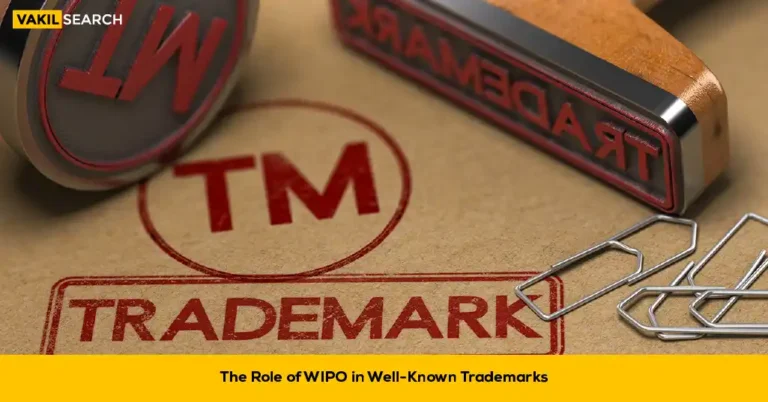Understand the intricacies of trademark transfer and assignment. Explore the legal prerequisites, documentation, and important considerations for facilitating the transfer and assignment of trademark rights between parties effectively and legally.
Trademark transfer and assignment are integral aspects of trademark law that allow trademark owners to transfer their rights to another entity or individual. This process plays a crucial role in business transactions, mergers, acquisitions, and the overall management of intellectual property portfolios.
In this article, we’ll explore the fundamentals of trademark transfer and assignment, including the process, legal implications, and best practices.
Understanding Trademark Transfer
Trademark transfer refers to the act of transferring ownership of a trademark from one party to another. This transfer can occur through various means, including sale, gift, inheritance, or corporate restructuring. Regardless of the method, the transfer must be documented and recorded to ensure legal validity.
Key Elements of Trademark Transfer:
- Agreement: The transfer of a trademark typically involves a written agreement between the transferor (current owner) and the transferee (new owner). This agreement outlines the terms and conditions of the transfer, including any financial considerations, warranties, and representations.
- Consideration: In most cases, trademark transfer involves consideration, which may include monetary payment, assets, shares, or other forms of compensation. The consideration reflects the value of the trademark being transferred.
- Recordation: To formalize the transfer, it must be recorded with the relevant trademark office or authority. This involves submitting the necessary documentation, such as a deed of assignment or agreement, to update the official trademark register.
Legal Implications of Trademark Transfer
Trademark transfer has several legal implications for both the transferor and transferee, including:
- Rights and Obligations: Upon transfer, the transferee assumes all rights associated with the trademark, including the right to use, license, and enforce it. Conversely, the transferor relinquishes these rights and obligations.
- Goodwill: Trademark transfer often involves the transfer of goodwill associated with the mark. Goodwill refers to the reputation, customer loyalty, and market recognition attached to the trademark. Transferring goodwill can significantly impact the value of the trademark.
- Assignability: Not all trademarks are freely transferable. Some trademarks may have restrictions on transferability based on contractual agreements, licensing arrangements, or legal provisions. It’s essential to review these factors before initiating a transfer.
- Third-Party Rights: Trademark transfer may affect the rights of third parties, such as licensees, distributors, or franchisees, who have agreements with the transferor. The transfer agreement should address these relationships to ensure continuity and compliance with contractual obligations.
Process of Trademark Assignment
The process of trademark assignment involves several steps, including:
- Agreement Negotiation: First and Foremost, the transferor and transferee negotiate the terms of the assignment, including the scope of rights transferred, consideration, warranties, and representations.
- Drafting the Assignment Deed: Once the terms are agreed upon, a written assignment deed is drafted to formalize the transfer. The deed should clearly outline the parties involved, the trademark being transferred, consideration, and any conditions or warranties.
- Execution and Notarization: The assignment deed is signed by both parties and may require notarization or witnessing to validate the signatures.
- Recordation with Trademark Office: The executed assignment deed is submitted to the relevant trademark office for recordation. This involves completing the necessary forms and paying any applicable fees to update the official trademark register.
Best Practices for Trademark Transfer
To ensure a smooth and legally valid trademark transfer, consider the following best practices:
- Conduct Due Diligence: Before transferring a trademark, conduct due diligence to assess its validity, ownership, and any encumbrances. This includes reviewing existing licenses, registrations, and litigation history.
- Clearly Define Terms: Clearly define the terms of the transfer in the assignment deed, including the scope of rights, consideration, warranties, and representations. Address any contingencies or conditions that may arise.
- Obtain Professional Assistance: Seek legal guidance from experienced trademark attorneys or professionals familiar with trademark law and registration procedures. They can help navigate complex legal requirements and ensure compliance with relevant regulations.
- Record Assignment Promptly: Once the assignment deed is executed, promptly record it with the appropriate trademark office to update the official register. Failure to record the transfer may affect its enforceability and rights against third parties.
Conclusion
Trademark transfer and assignment are essential mechanisms for managing and monetizing intellectual property rights. Whether it’s transferring ownership in a business transaction or consolidating trademark portfolios, understanding the process and legal implications is crucial for all parties involved.
By following best practices and seeking professional guidance, stakeholders can facilitate seamless and legally sound trademark transfers, protecting their valuable assets and rights in the marketplace.
For assistance, reach out to our experts today!










